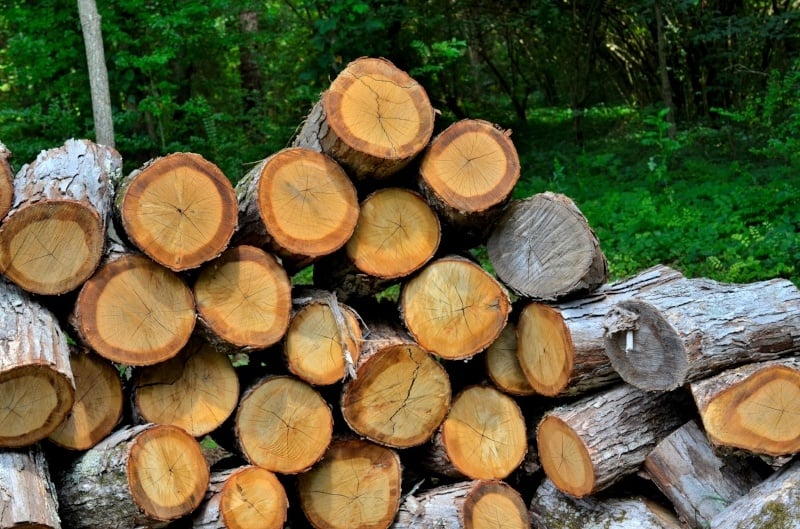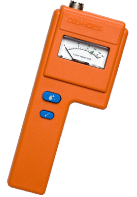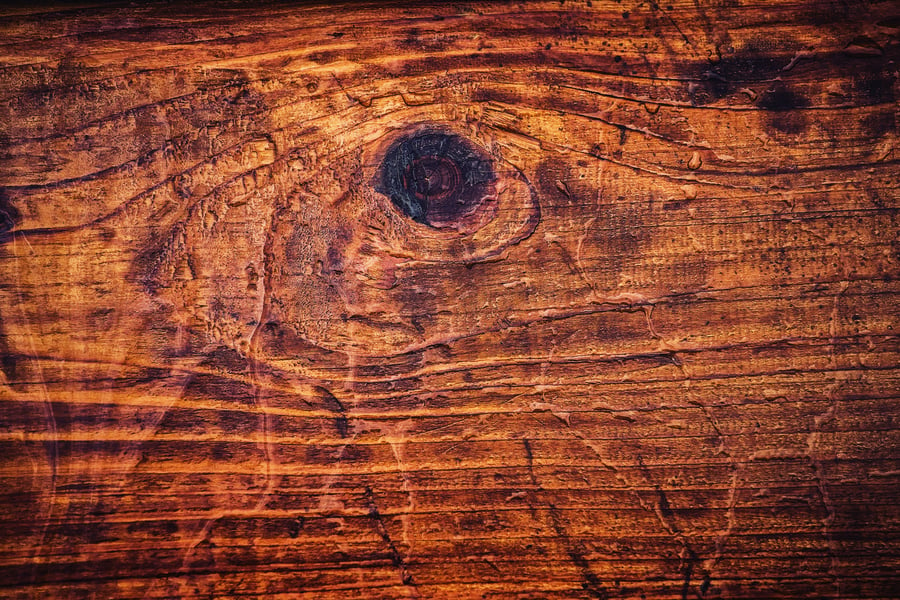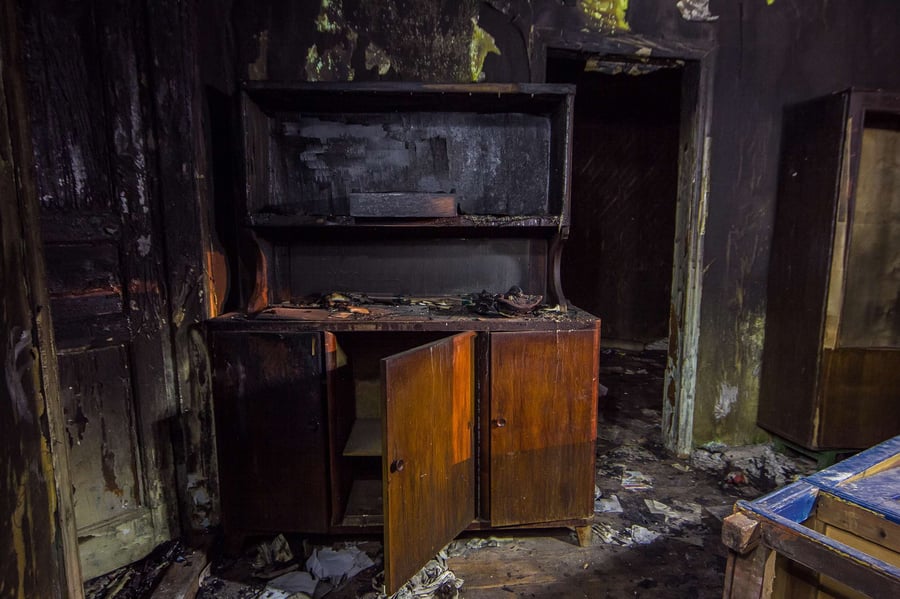Why You’ll Want a Firewood Moisture Meter

 In many parts of the USA, winter is a time for family and loved ones to gather together and enjoy the warmth of a cozy fireplace. While many modern fireplaces use gas to bring warmth and light to the home, for countless Americans, there’s really no replacement for a genuine, wood-burning hearth in the home.
In many parts of the USA, winter is a time for family and loved ones to gather together and enjoy the warmth of a cozy fireplace. While many modern fireplaces use gas to bring warmth and light to the home, for countless Americans, there’s really no replacement for a genuine, wood-burning hearth in the home.
For those who prefer real wood-burning fireplaces, quality is a must. Poorly-prepared firewood can hurt their enjoyment of the fireplace they’ve worked so hard to maintain and prepare for. It can also cause damage to the fireplace and home if firewood is burned before being properly cured.
Using a firewood moisture meter can help wood sellers make sure that all of the firewood they sell is properly cured and ready for use in customers’ homes.
Why use a moisture meter for firewood? Some reasons include:
Preventing Smoke and Creosote
There’s a common misconception about “wet” or “unseasoned” firewood. Namely, that wet, unseasoned wood won’t burn. This is not true. As mentioned by fireplace experts like Valley Chimney Sweep & Restoration, “unseasoned wood is more difficult to get lit and then will burn very inefficiently.”
While the added difficulty in lighting the firewood is an inconvenience, that isn’t the worst part. The excess moisture present in the wood will cause it to give off extra smoke as it burns, and contribute to excess creosote accumulation in the chimney.
Creosote is the mix of chemicals left over in a chimney after wood is burned. If left unchecked, it can become a layer of flammable material coating the inside of the chimney. This creates a severe fire hazard for the homeowner to deal with.
Additionally, the excessive smoke put out by unseasoned wood can lead to respiratory problems—especially for those who suffer from asthma and other lung conditions.
By carefully testing the moisture content of your firewood prior to selling it, you can make sure that the wood you’re selling is fully cured and will burn cleanly.
Avoiding Foul Odors
Another issue that can occur in wet wood is that fungus may begin to grow if the wood is left in any kind of cool, dark place for long. This fungus can spread spores, giving the wood a musty or unpleasant odor when burned.
While less of a safety issue for firewood than it is for structural or flooring wood, mold can be unpleasant for consumers to deal with in their firewood; and, it can affect your reputation as a firewood supplier.
By checking the moisture content of wood with a moisture meter, you can ensure that it isn’t likely to develop mold before selling it.
It All Boils Down to Protecting Your Customers and Reputation
The big benefit of using a moisture meter on your firewood is that it assures that the wood you sell is safer for your customers to burn in their fireplaces. It also helps to ensure that the wood is high-quality and free of defects—preventing issues that can harm your reputation.
Choosing a Moisture Meter for Firewood
When preparing to choose a moisture meter for your firewood moisture testing, there are a few things to consider:
- What Species of Wood You’re Selling. While Ash wood is the most common firewood, it isn’t the only type of wood used for fuel. For this reason, it can be helpful to use a moisture meter that has a built-in species correction feature so you can use it on different kinds of wood.
- Depth of Moisture Readings. While pinless meters are fast, they have a limited scanning depth. Some firewood sellers may be better served by using a pin-type meter with extended length probes to get a reading of the moisture at the core of the firewood they sell.
Learn more about measuring moisture content in wood and how to use a moisture meter by checking out Delmhorst’s free Moisture Meters 101 Guide, or by contacting us today!
Subscribe to Our Blog
Post Related

4 Things to Consider When Purchasing an Agricultural Moisture Meter


